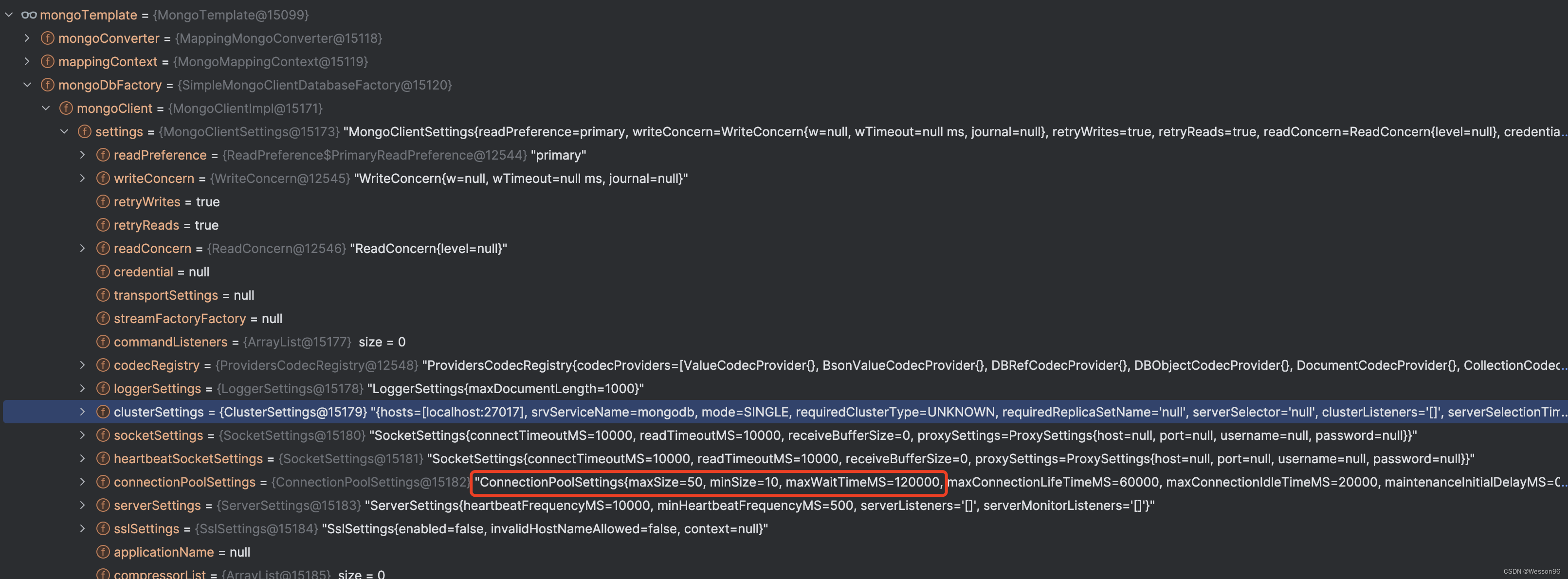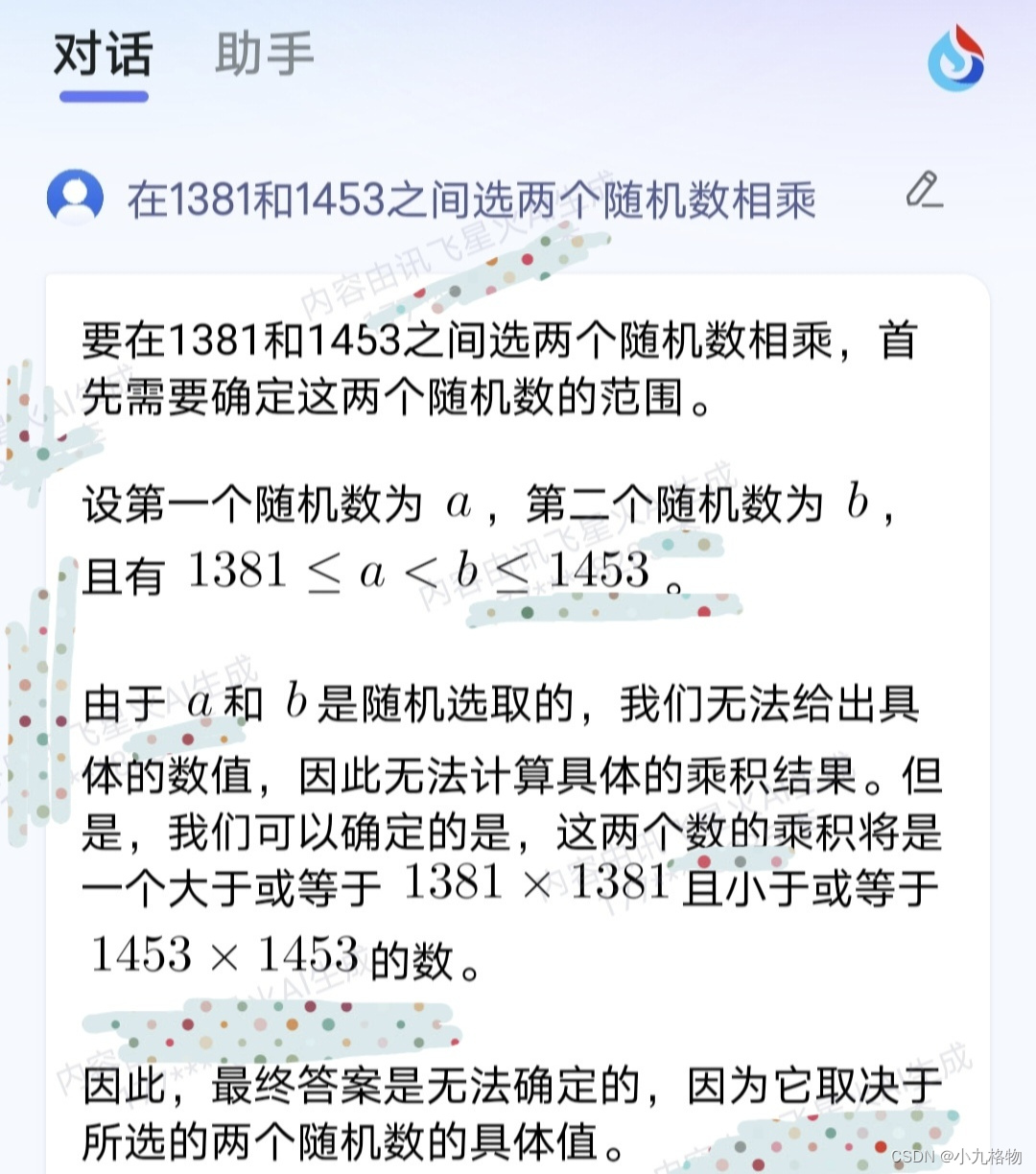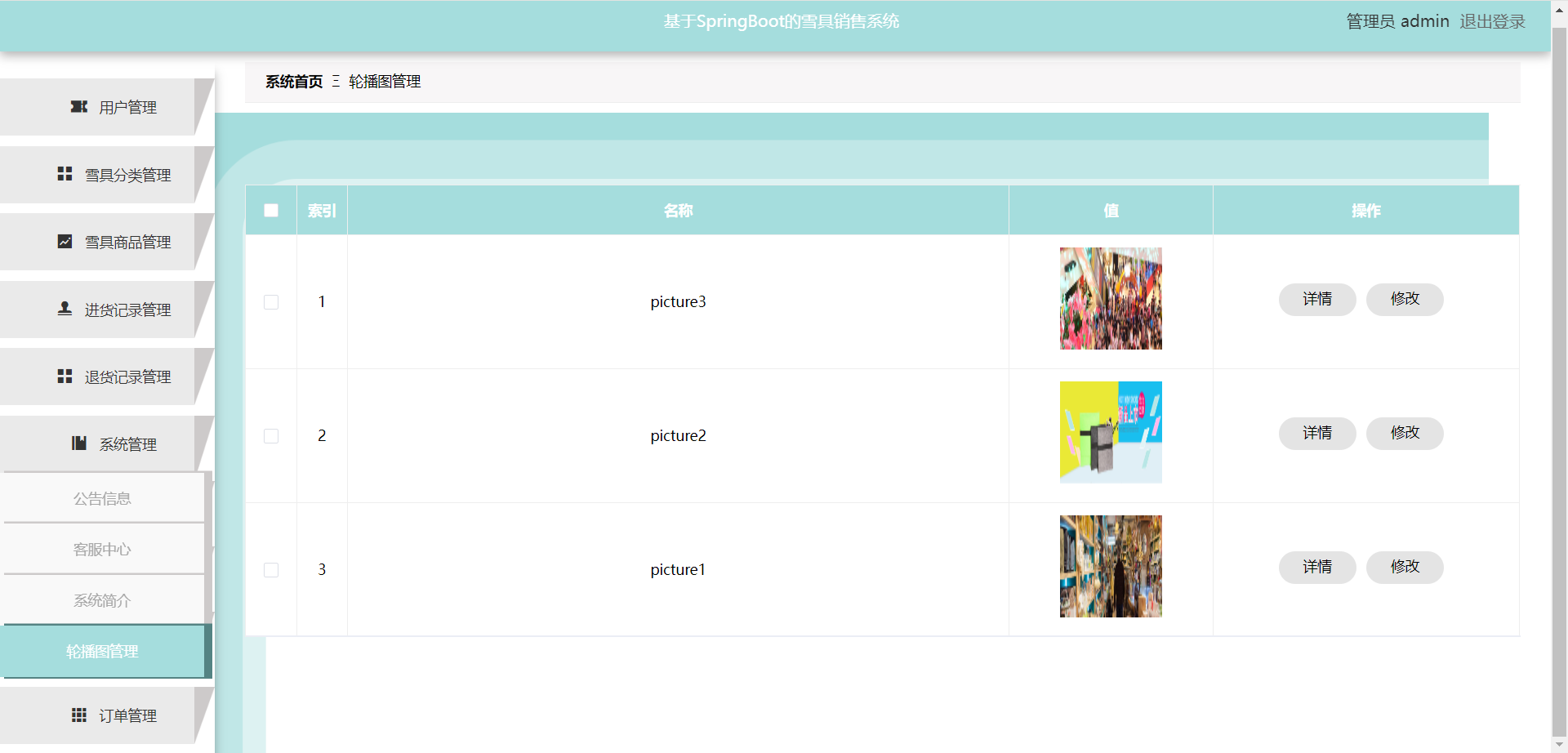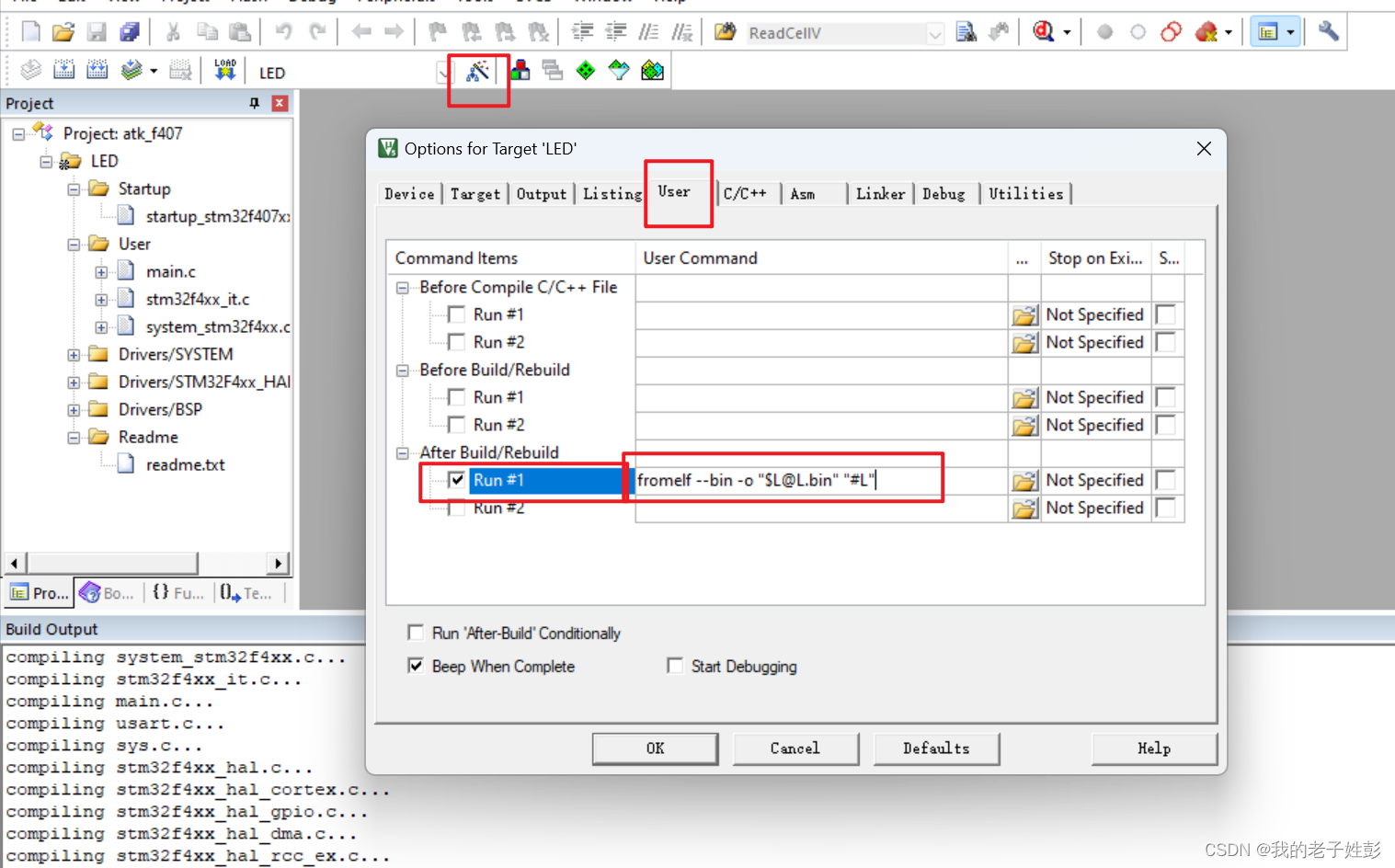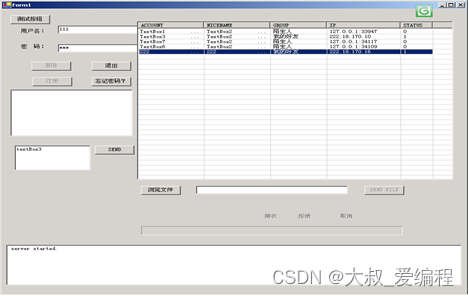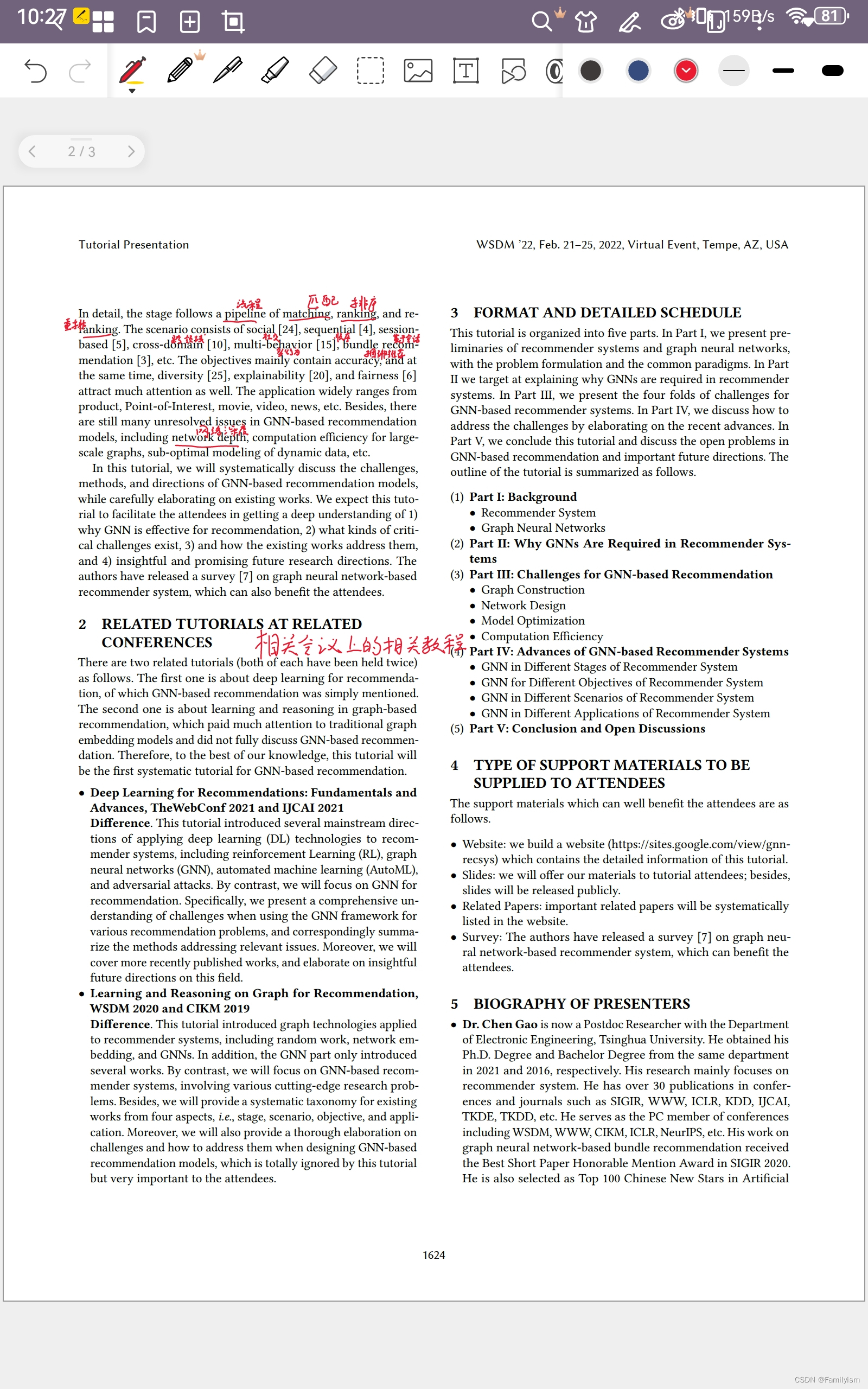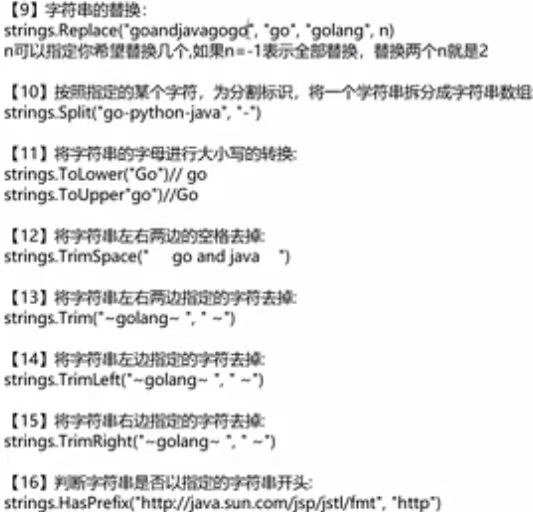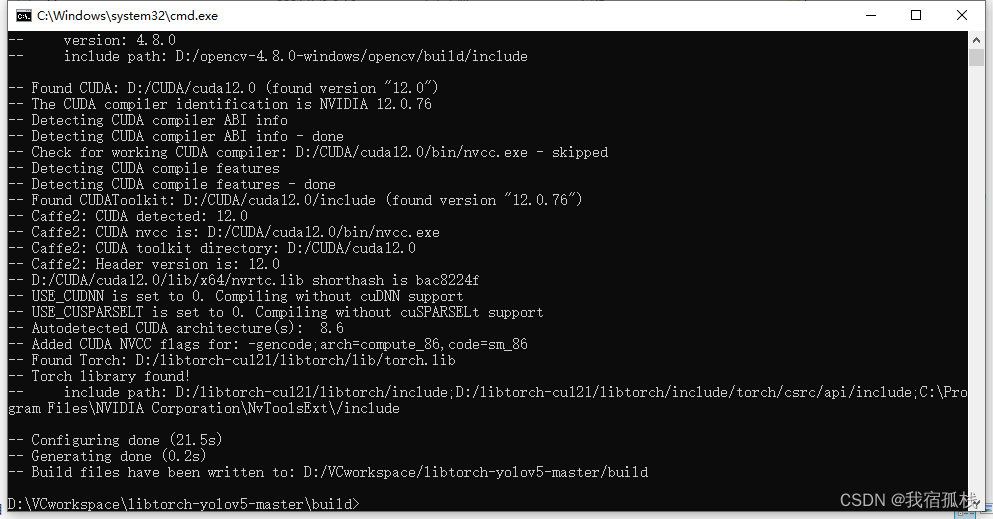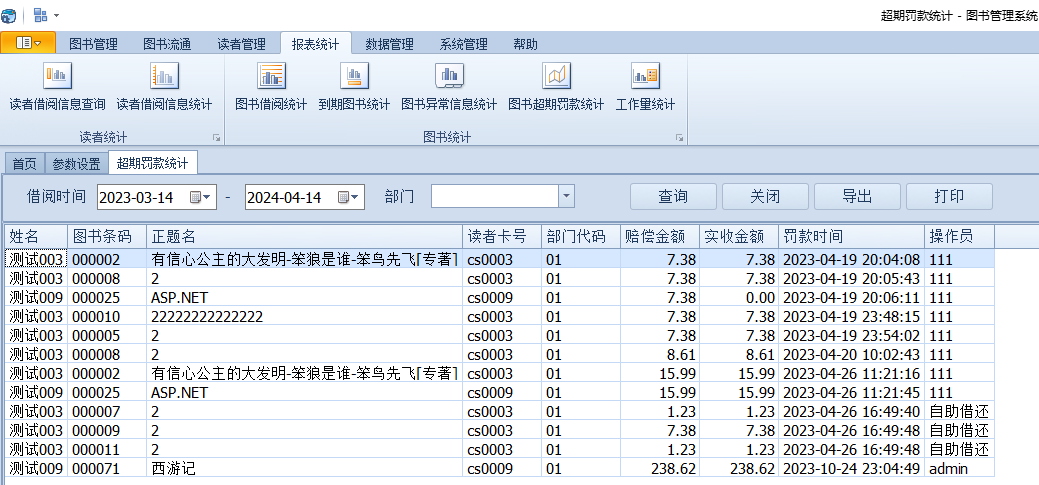Control flow, as the name suggests controls the flow of the program, based on a condition.
控制流,顾名思义,根据条件控制程序的流。

If expression If表达式
An if expression is used when you want to execute a block of code if a condition is met.
当您希望在满足条件的情况下执行代码块时,将使用 if 表达式。
Example 例如
fn main(){let age: u32 = 17;if age > 18{println!("You are an adult");}
}This program will check if the age is greater than 18 or not. if yes it will output “You are an adult”.
该程序将检查年龄是否大于18岁。 if 是的,它会输出“你是一个成年人”。
Now what if I want to get an output when the condition is not met?
现在,如果我想在条件不满足时获得输出,该怎么办?
Else expression Else表达式
An else expression is used to run a block of code when a certain condition is not met.else 表达式用于在不满足特定条件时运行代码块。
fn main(){let age: u32 = 17if age>18{println!("You are an adult");}else{println!("You are not an adult");}
}This program will check if the age is greater than 18 or not. if yes it will output “You are an adult” else it will output “You are not an adult”.
该程序将检查年龄是否大于18岁。 if 是的,它将输出“你是一个成年人”,否则它将输出“你不是一个成年人”。
Else If Expression Else If表达式
An else if expression can be used to check for multiple conditions. for example :else if 表达式可用于检查多个条件。例如:
fn main(){let number = 92;if number % 9 == 0{println!("number is divisible by 9");} else if number % 5 == 0{println!("number is divisible by 5");}else if number % 3 == 0{println!("number is divisible by 3");}else{println!("number is not divisible by 9, 5, 3");}
}Loops 环
Loops are used to go over through a block of code till explicitly specified to stop or if a certain condition is met.
循环用于遍历代码块,直到明确指定停止或满足特定条件。
loop keyword loop 关键字
The loop keyword tells rust to run a block of code till told to stop using the break keyword
loop关键字告诉rust运行一段代码,直到停止使用 break 关键字
fn main() {let mut i: u32 = 0;let mut j: i32 = 10; // labelled infinite loop with break statements'counting_down: loop {if j >= 0 {println!("{}", j);j -= 1;} else {println!("counting down loop complete");break 'counting_down;}}
}Explanation: 说明:
- The
mainfunction is the entry point of the Rust program.main函数是Rust程序的入口点。 jof typei32(signed 32-bit integer) initialized with the value 10.
类型i32(有符号32位整数)的j,初始化为值10。- The code enters a labeled infinite loop marked with the label
'counting_down.
代码进入一个标记为'counting_down的带标签的无限循环。 - Inside the loop, there’s a conditional statement checking if
jis greater than or equal to 0.
在循环内部,有一个条件语句检查j是否大于或等于0。 - If true, it prints the current value of
jusingprintln!and decrementsjby 1.
如果为true,则使用println!打印j的当前值,并将j递减1。 - If false (when
jis less than 0), it prints a message and breaks out of the loop labeled'counting_down.
如果为false(当j小于0时),它将打印一条消息并跳出标记为'counting_down的循环。 - The loop continues indefinitely until the
break 'counting_down;statement is executed.
循环将无限期地继续,直到执行break 'counting_down;语句。 - The label
'counting_downis used to specify which loop to break out of, especially when dealing with nested loops.
标签'counting_down用于指定要中断哪个循环,特别是在处理嵌套循环时。
While loops While循环
A while loop repeatedly executes a block of code as long as a specified condition is true.
只要指定的条件为真, while 循环就会重复执行代码块。
Example: 范例:
fn main(){let mut num: u8 = 4;while num!=0 {println!("{}",num);num-=1;}
}Explanation: 说明:
- A mutable variable
numis declared and initialized with the value 4. It has the typeu8(unsigned 8-bit integer).
声明了一个可变变量num,并使用值4进行初始化。它的类型为u8(无符号8位整数)。 - The code enters a
whileloop with the conditionnum != 0.
代码进入一个带有条件num != 0的while循环。 - Inside the loop, it prints the current value of
numusingprintln!.
在循环内部,它使用println!打印num的当前值。 - It then decrements the value of
numby 1 with thenum -= 1;statement.
然后使用num -= 1;语句将num的值减1。 - The loop continues as long as the condition
num != 0is true.
只要条件num != 0为真,循环就会继续。 - The program prints the values of
numin descending order from its initial value (4) until it becomes 0.
程序按从初始值(4)到0的降序打印num的值。 - Once
numbecomes 0, the loop exits, and the program continues to any subsequent code outside the loop.
一旦num变为0,循环退出,程序继续执行循环外的任何后续代码。
For Loops for循环
A for loop iterates over a range, collection, or iterator, executing a block of code for each iteration.for 循环遍历范围、集合或迭代器,每次迭代执行一个代码块。
Examples: 示例如下:
fn main(){//for loops in arrayslet array: [u8; 10] = [10, 20, 30, 40, 50, 60, 70, 80, 90, 100];println!("For loop to access array");for item in array {println!("{}", item);} //for loops in rangesprintln!("For loops in range ");for number in 0..=5 {println!("{number}");}println!("For loops in range (reversed)");for number in (0..=5).rev() {println!("{number}");}
}
